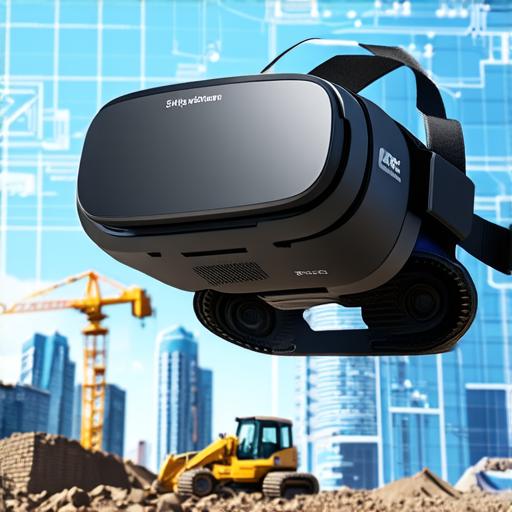
How can virtual reality be utilized in the construction industry?
Virtual reality (VR) technology is a rapidly growing field that has already begun to transform many industries, including construction. By using VR, construction companies can improve their efficiency and accuracy, while also providing a more immersive experience for clients and stakeholders. In this article, we will explore how virtual reality can be used in the construction industry to benefit everyone involved.
1. Improved Communication
One of the main benefits of using VR in construction is that it allows for improved communication between all parties involved in a project. By creating a shared virtual environment where everyone can see and interact with the same model, architects, engineers, contractors, and clients can communicate more effectively and efficiently.
2. Increased Accuracy
Virtual reality can also improve accuracy in construction by providing a more realistic representation of the project site. With VR, architects and engineers can walk through the proposed design and make changes in real-time, without the need for physical models or sketches. This can help to reduce errors and ensure that everyone is working with the same information.
3. Enhanced Client Experience
Virtual reality can also be used to provide clients with a more immersive experience of their proposed project. By using VR, clients can walk through the design, see how it will look and feel in real life, and make changes as they go. This can help to build trust between the client and the construction team, and ensure that everyone is happy with the final product.

4. Cost Savings
Using virtual reality in construction can also lead to cost savings by reducing the need for physical models and sketches. With VR, architects and engineers can create a virtual representation of the project site, which can be used for planning, design, and communication purposes. This can help to reduce costs by eliminating the need for physical models and sketches.
5. Improved Training
Virtual reality can also be used to train construction workers in a safe and controlled environment. By using VR simulations, workers can practice their skills and learn new techniques without risking injury or damage to equipment. This can help to improve safety on the job site and reduce the risk of accidents.
In conclusion, virtual reality technology has the potential to transform the construction industry by improving communication, accuracy, client experience, cost savings, and training. By embracing VR, construction companies can work more efficiently, accurately, and safely, while also providing a better experience for their clients and stakeholders.


